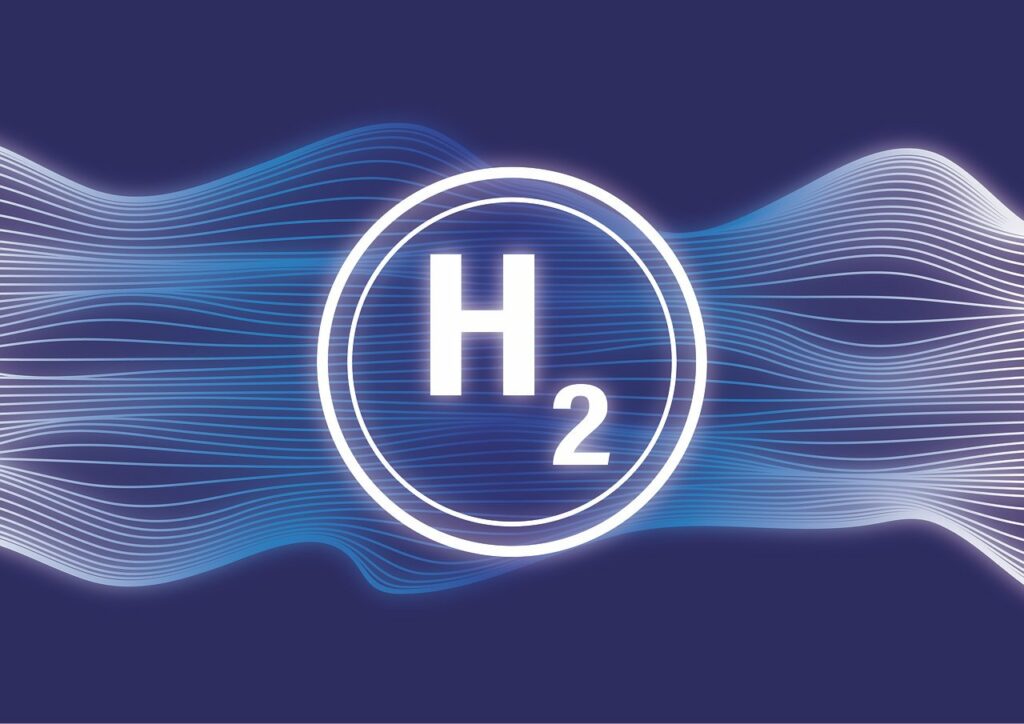As Europe races to decarbonize heavy industry, the viability of importing green hydrogen by ship from Oman to the Netherlands is being put to the test—both technologically and economically.
A proposed “liquid hydrogen corridor” linking Oman’s deserts to Amsterdam’s port via specially designed tankers could make the Netherlands one of Europe’s first hydrogen import hubs. But experts warn the numbers may not add up.
The plan hinges on ultra-low production costs in Oman. Hydrom, Oman’s hydrogen development agency, has awarded licenses to five renewable hydrogen projects and set aside 50,000km²—an area larger than Slovakia—for green hydrogen development. The country hopes to produce up to 8.5 million tonnes annually by 2050, a scale that could rival current LNG exports.
According to Ellen Ruhotas, CEO of the Greek logistics firm EcoLog, Oman’s renewable resources enable hydrogen production at prices low enough to remain competitive even after accounting for the high energy costs of liquefaction and marine transport. EcoLog claims it can deliver hydrogen to Europe for €5–6/kg, less than half the current European production cost, estimated between €10 and €12/kg.
A terminal in Amsterdam is already planned to receive 200,000 tonnes annually starting in 2029, with backing from 11 partners, including Tata Steel, Gidara, and German utility ENBW. But analysts remain skeptical. Liquefying hydrogen requires chilling it to –253°C, resulting in efficiency losses of 30–40%, and hydrogen’s low volumetric energy density means it needs nearly three times as many ships as LNG to transport an equivalent amount of energy.
Germany, the continent’s largest hydrogen importer, has hedged its bets. Despite targeting 1.4–2.8 million tonnes of hydrogen imports annually by 2030, its approved hydrogen terminals in Hamburg, Brunsbüttel, and Stade are configured for ammonia, not liquid hydrogen. This is a reflection of ammonia’s lower liquefaction energy requirements and higher volumetric density. Many analysts, including those from the Ariadne Project and Agora Energiewende, suggest that direct hydrogen shipments are unlikely to be cost-competitive and will play only a niche role in Germany’s hydrogen strategy.
Moreover, the pipeline alternative continues to gain ground. While limited in volume, pipelines from North Africa, Iberia, or the UK could supply hydrogen at $6–9/kg—still cheaper than current shipping estimates. S&P Global predicts liquid hydrogen imports could land in Europe at $8–12/kg by 2030, well above domestic production cost projections of $6–10/kg.
The mismatch between optimism and market realism is stark. BloombergNEF founder Michael Liebreich dismissed the Oman corridor as “a fairy story dressed up as a press release,” doubting whether Oman’s hydrogen could ever be shipped to Europe at competitive rates. “Once you’ve factored in the cost of liquefaction and shipping, there is no way that liquid hydrogen arriving in Amsterdam is going to cost less than $10/kg,” he said.
Despite these challenges, project supporters argue that the corridor could serve as a crucial early supply chain, especially given the EU’s goal to import 10 million tonnes of hydrogen annually by 2030. Tata Steel and other offtakers remain committed. “If nothing unforeseen happens, we’re going to buy this hydrogen,” said Tata’s spokesperson Martin van der Velde.
Yet history offers cautionary tales. Fortescue Future Industries once envisioned shipping 5 million tonnes of hydrogen per year from Australia to Germany, but the project has since been quietly shelved. The structural economics of hydrogen transport—especially in liquefied form—remain a formidable barrier.
Some, like Philip Verpoort from the Potsdam Institute for Climate Impact Research, suggest compromise strategies: importing hydrogen derivatives or semi-finished products like hot-briquetted iron instead of hydrogen itself.
Stay updated on the latest in energy! Follow us on LinkedIn, Facebook, and X for real-time news and insights. Don’t miss out on exclusive interviews and webinars—subscribe to our YouTube channel today! Join our community and be part of the conversation shaping the future of energy.
